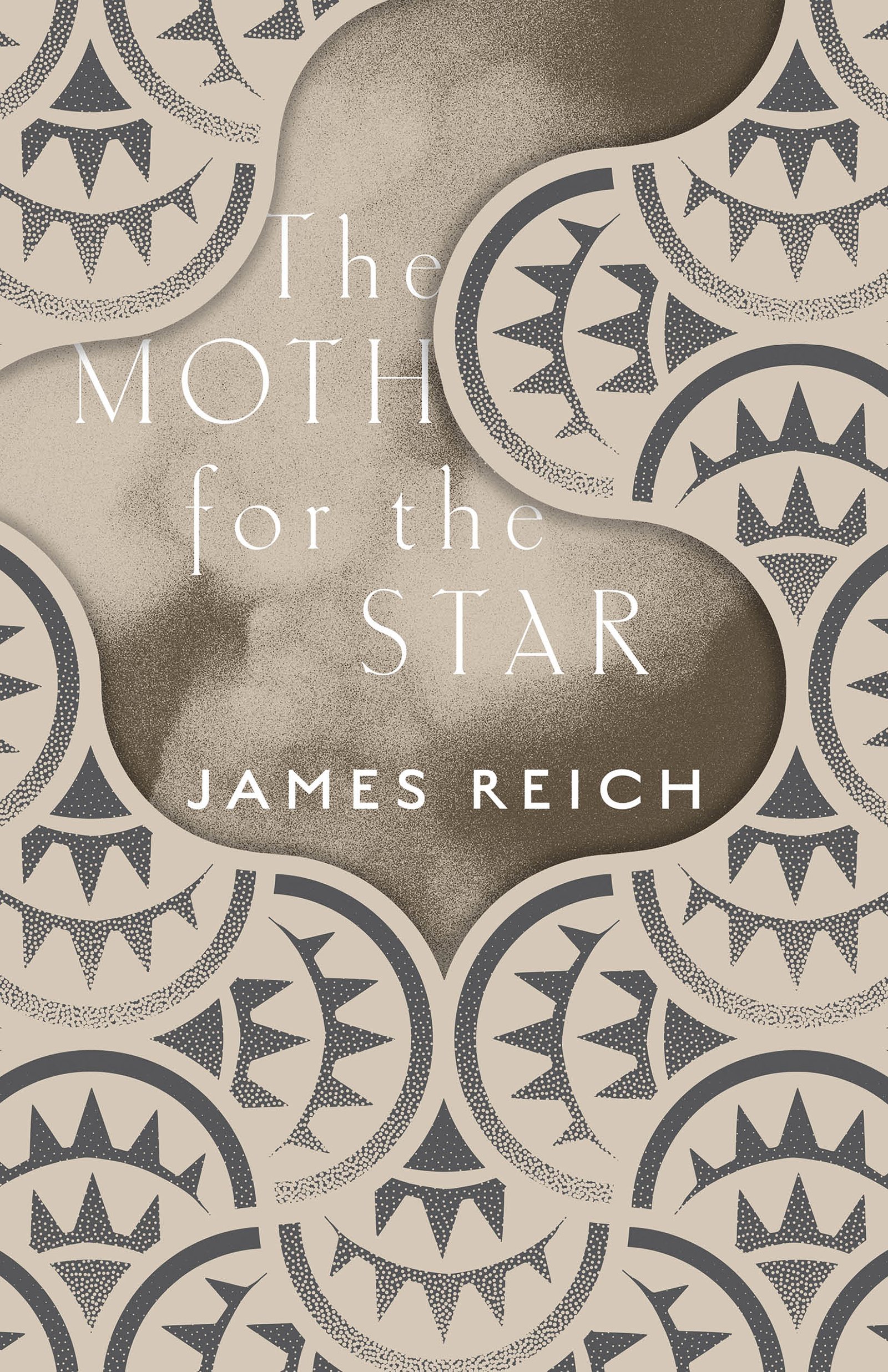5 HOT BOOKS: Violent Crime in Chicago, the French Resistance, and More
/1. An American Summer: Love and Death in Chicago by Alex Kotlowitz (Nan A. Talese/Doubleday)
These dispatches from the front lines of what is considered one of America’s most violent cities are a master class in empathy. With its roots in his 1992 classic There Are No Children Here: The Story of Two Boys Growing Up in the Other America, Kotlowitz writes with poetic grace about life in neighborhoods like Englewood and North Lawndale where violence is part of the fabric of everyday life and where the abbreviation RIP is everywhere. Framing his powerful book around the summer of 2013, Kotlowitz notes that by Chicago standards, with 172 people killed and 793 wounded by gunfire, it was “a tamer season than most.” Rather than write a prescriptive policy book, Kotlowitz aims to make sense of what has been lost and what it takes to emerge from the rubble. With the distinctive insight and eloquent compassion that elevate this book to a work of art, he notes that “you can’t talk about death without celebrating life.”
2. Madame Fourcade’s Secret War: The Daring Young Woman Who Led France’s Largest Spy Network Against Hitler by Lynne Olson (Random House)
Recognized for her dramatic, panoramic histories set in the World War II era, such as Troublesome Young Men: The Rebels Who Brought Churchill to Power and Helped Save England and Those Angry Days: Roosevelt, Lindbergh, and America’s Fight Over World War II, 1939-1941, Olson now adjusts her lens to focus upon a single individual of the French Resistance. Affluent, independent, and cultured Marie-Madeleine Fourcade dreamed of becoming a concert pianist, but rebelled against both the Nazis and France’s conservative, patriarchal society. She became a leader of Alliance, one of the great networks of spies and radio operators, delivering critical information to MI6, including some that paved the way for the D-Day landing at Normandy. Olson’s riveting account captures the turmoil of the Vichy government and occupied Paris, and vividly illustrates the full complexity of Fourcade’s imprisonment by the Nazis and her brave efforts to sustain this critical intelligence network, portraying her as argumentative and demanding but compelled by moral obligation.
3. Foursome: Alfred Stieglitz, Georgia O’Keeffe, Paul Strand, Rebecca Salsbury by Carolyn Burke (Knopf)
In her deeply researched and richly imagined book, Burke focuses on two marriages in a way that amplifies the personal and artistic lives of a quartet of painters and photographers and magnifies their powerful influence on 20th-century art – and on one another. In the marriages of Alfred Stieglitz and Georgia O’Keeffe, and Paul Strand and Rebecca Salsbury, and then their troubles, Burke chronicles the evolution of these relationships and their power dynamics, and how they both spurred and thwarted creativity.” Salsbury, the wife of Stieglitz’s protégé, enters the quartet last and is the least known, yet she provides the connective tissue linking these artists together. Burke, reflecting her deep insight into these vastly creative artists, makes ingenious connections in their correspondence and art that powerfully demonstrate that even while plagued by tensions and rivalries, they elevated one another’s work.
4. The Human Network: How Your Social Position Determines Your Power, Beliefs, and Behaviors by Matthew O. Jackson (Pantheon)
With an engaging, conversational tone, Jackson explores how networks develop and how they shape everything from the formulation of friendships to the persistence of global inequality. Jackson, a professor of economics at Stanford University, makes no claims to discovering networks, but he conveys new discoveries and associations with contagious enthusiasm, so that whether he is writing about friendships, treaties between countries or contracts between banks, readers see the world and their place in it from a different angle. “Our starting point is how your position in a network determines your power and influence, as this matters in almost all of what follows,” he explains. From there, he makes fantastic leaps: Associating Mahatma Gandhi to Martin Luther King Jr. may seem a well-trod course, but segueing to Michael Jordan, Jackson argues that the athlete’s influence came not from his athletic prowess but from the visibility that allowed him to “directly influence the decisions of millions of people around the globe.”
5. The Island of Sea Women by Lisa See (Scribner)
Through her earlier novels such as Shanghai Girls and Snow Flower and the Secret Fan, See has won devoted readers who are eager for fiction often set in little-known parts of Asia featuring complex female characters, and they will be richly rewarded by her new novel set on the Korean volcanic island of Jeju in the Korea Strait. Stretching from the 1930s to the present, See’s latest work captures the full sweep of rebellion, oppression, political upheaval, and economic instability, from the era of Japanese colonialism to WWII invasion and through American occupation. Two childhood friends join a group of female divers known as “Haenyeo” or “Korean Mermaids” in search of prized octopus and abalone. But the seas are dangerous and political tensions run high, and fraught conditions jeopardize this long friendship, ratcheting up the suspense in this emotionally rich novel.










